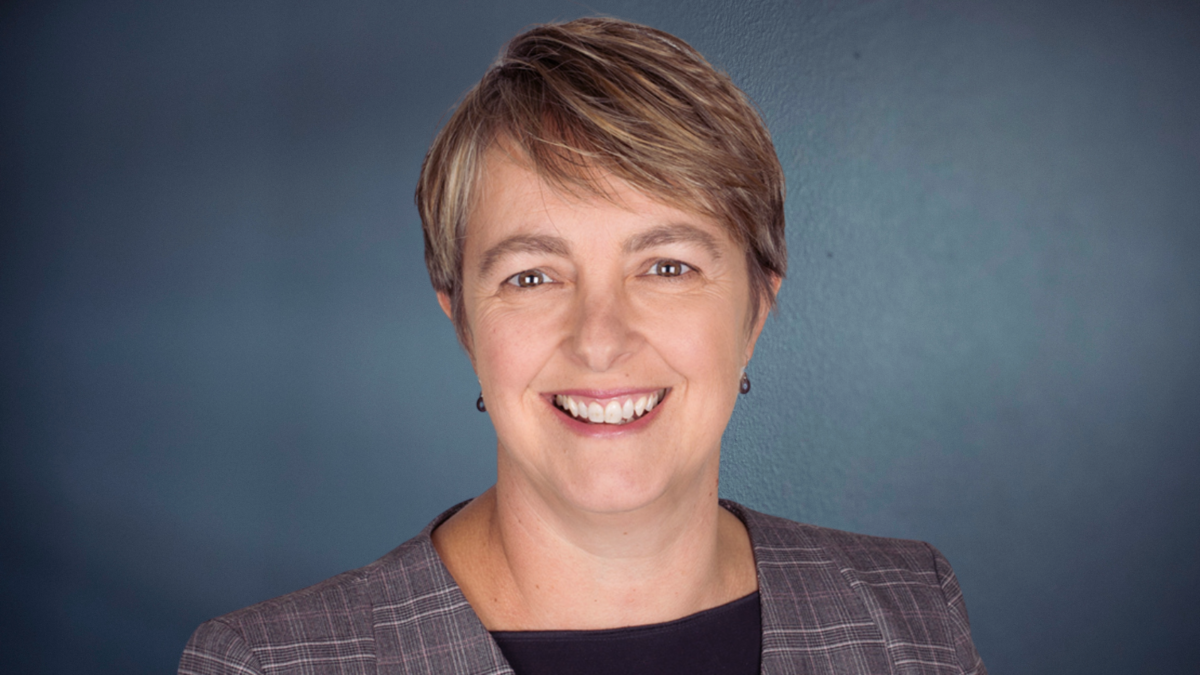Super’s new voice gets a name, looks for a face
The new Super Members Council of Australia (SMCA), created by a merger between the Australian Institute of Superannuation Trustees and Industry Super Australia, will build on the “impressive legacies” of both organisations and “bring a new focus for the contemporary Australian economy”.
“The Super Members Council will advocate for the interests of the more than 10 million Australians who belong to a profit-to-member super fund – to ensure superannuation policy is stable, effective and equitable,” said interim chair Nicola Roxon.
“The nature of work and the workforce itself are changing, as are patterns and expectations in retirement. As many members’ balances grow, those in lower paid or less secure work risk being left behind. The long-term interests of millions of Australians will be well served by a new collective body that can be a strong, thoughtful and compelling voice about superannuation policy, advocating to all levels of government and industry.”
The foundational funds of the SMCA – including Australian Retirement Trust, AustralianSuper, Aware Super, Cbus Super, HESTA, Hostplus, Rest Super and UniSuper – have each nominated a director to the governing board, while three small-to-medium sized will also choose directors. An employee and employer representative will both join as non-voting directors, while a search is underway for a new chief executive.
“Our promise is member-centric advocacy that seeks to work with all political parties to deliver the best possible retirement outcomes for the millions of Australians we represent,” Roxon said.
The two organisations originally announced that they were exploring a merger at the request of their shareholders – themselves under pressure from regulators and the government to cut costs – in January of this year following years of declining revenue for the AIST and failed merger talks between it and the Association of Super Funds of Australia (ASFA).
The AIST has its origins as an educational and research organisation spawned as an offshoot of the Conference of Major Super Funds (CMSF), itself the brainchild of Garry Weaven and the late Mavis Robertson, in 1994. While historically it funded its activities with conferences, the group reported an operation deficit of $1.1 million in 2022.
ISA itself established in 2006 to manage collective programs on behalf of nine industry funds. In 2022-23, its total revenue was around $23 million with the “vast majority” of that allocated to the joint marketing campaign. It’s expected that the ISA branding will be retained for the collective media campaign for which it’s become known.











